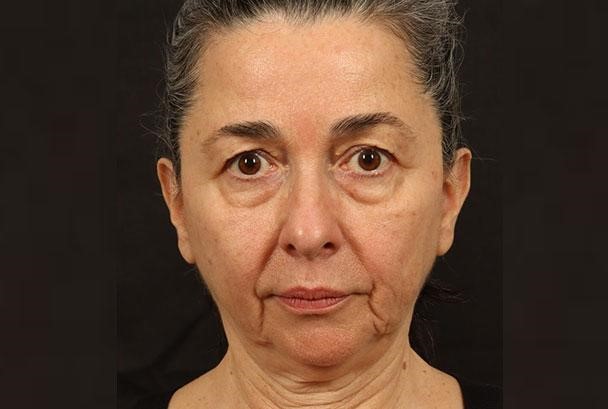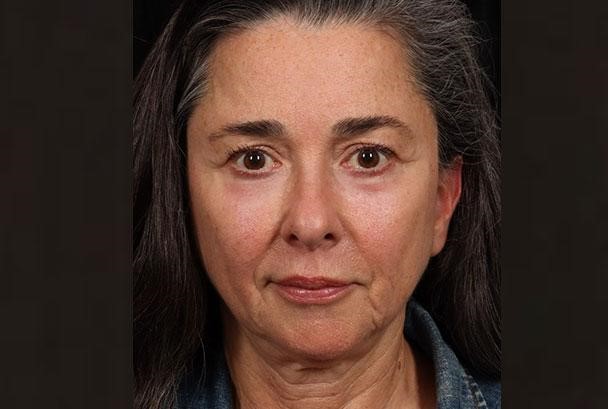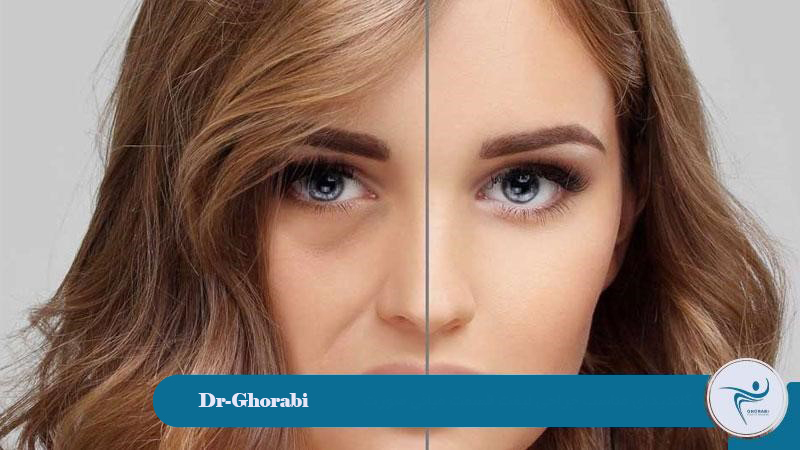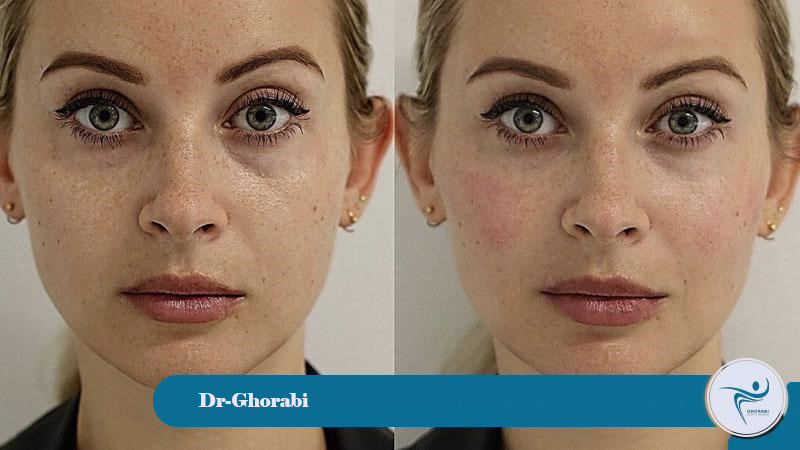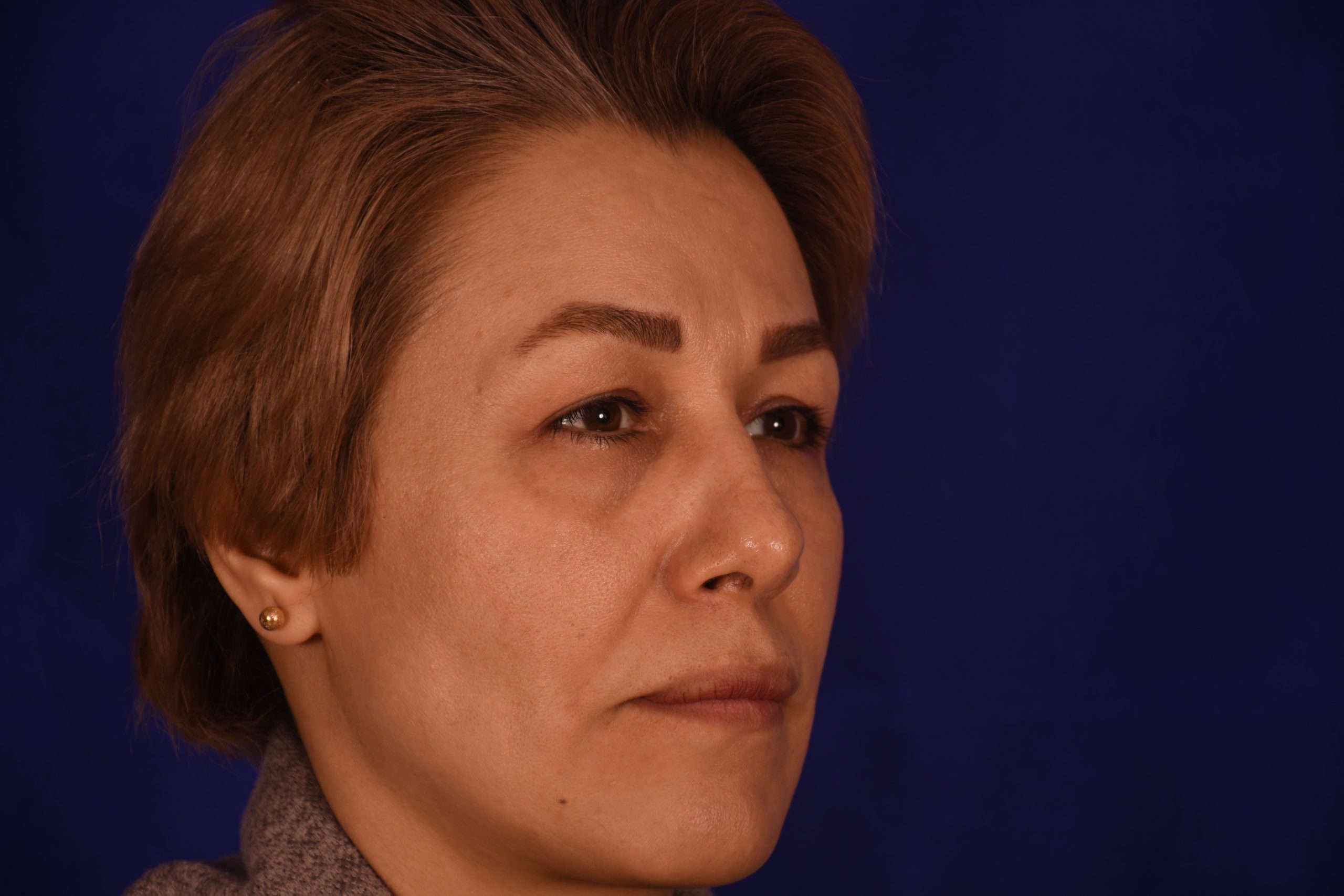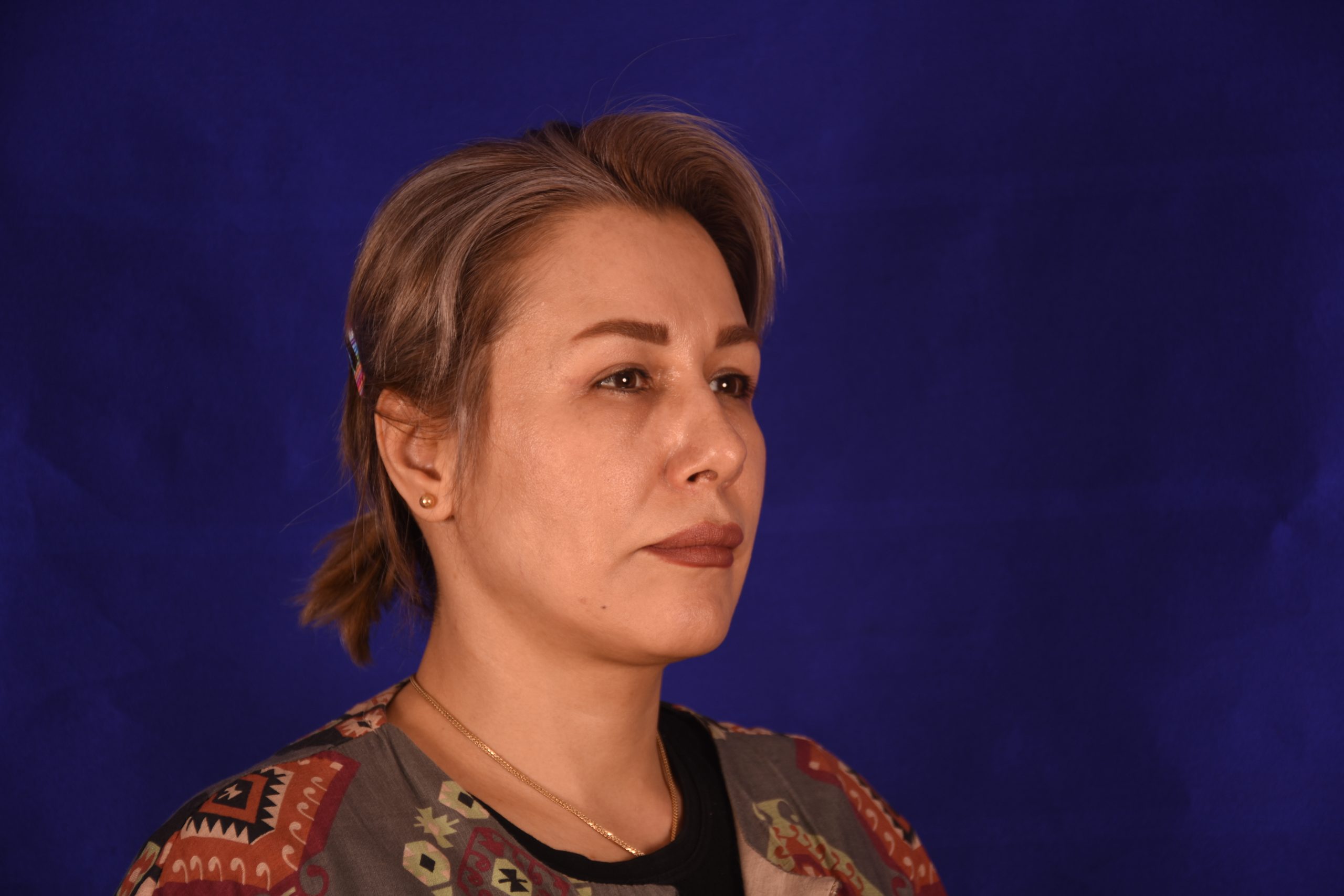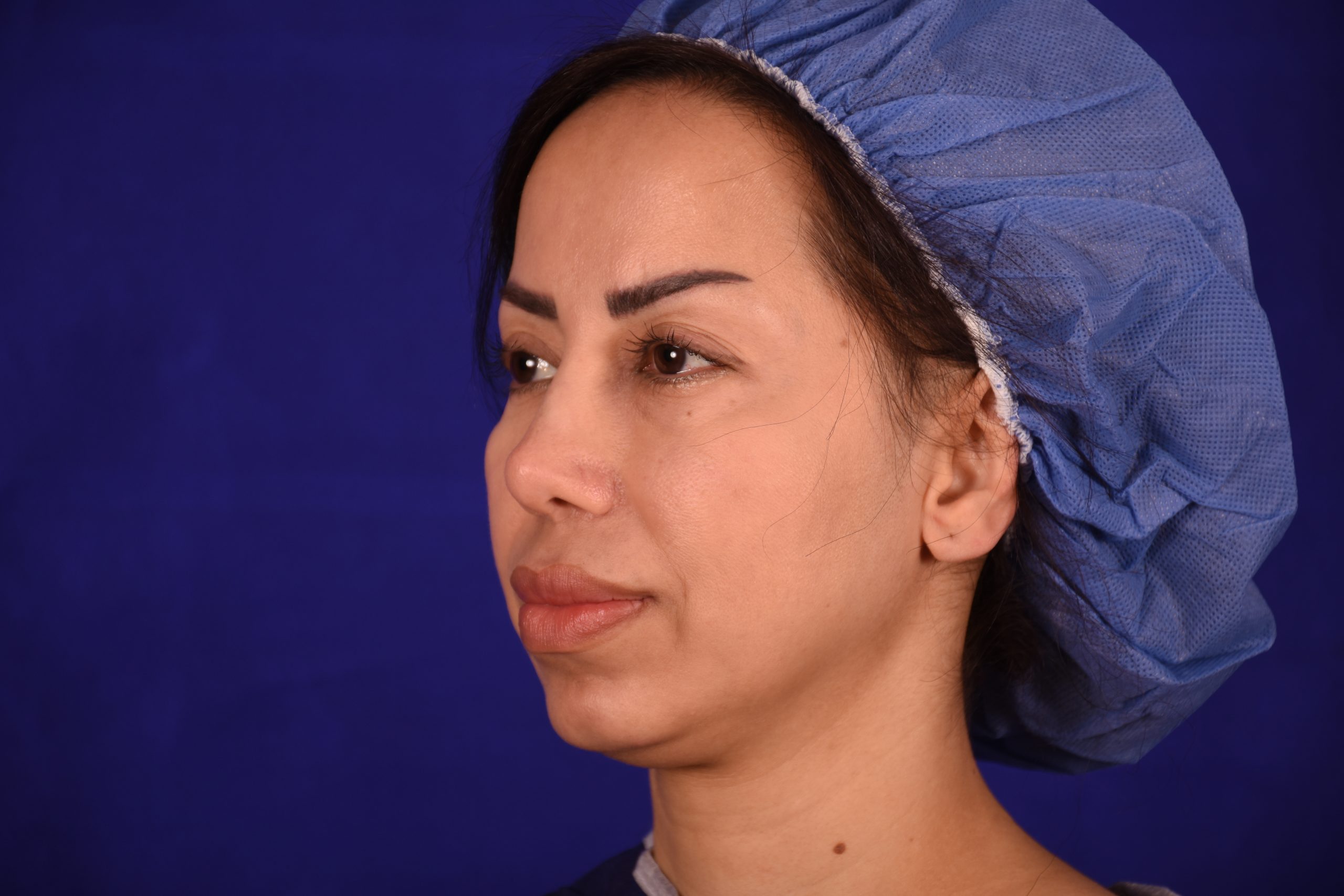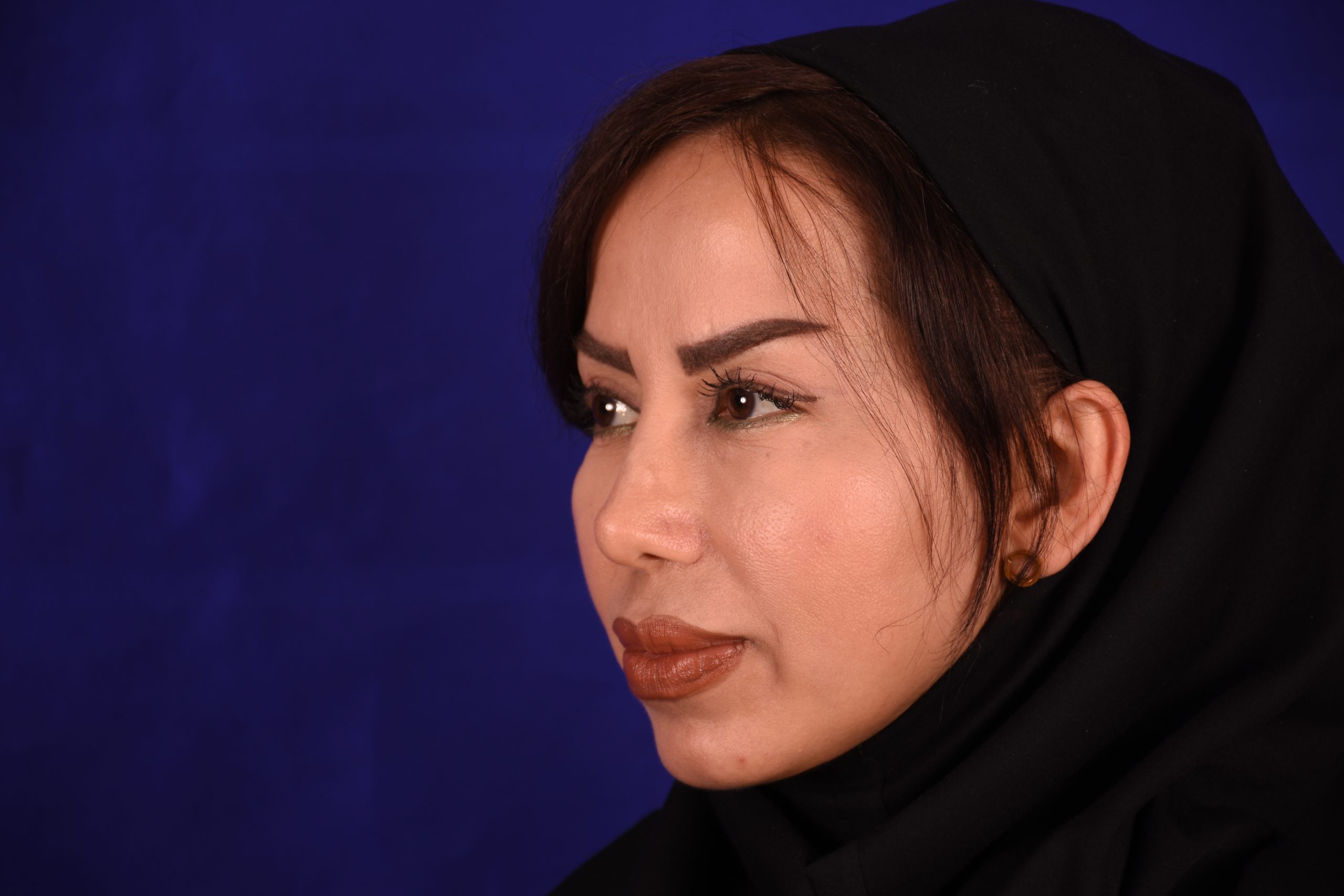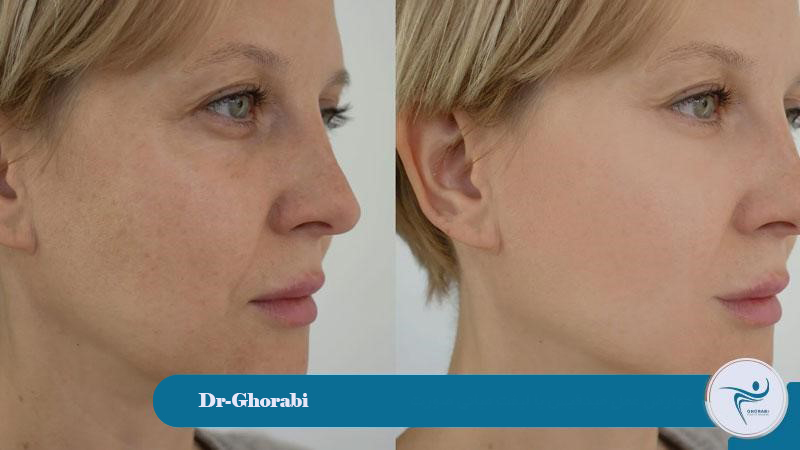Midface lift, also known as rhitidectomy, is a surgical procedure for rejuvenating the area of the face located between the lower eyelid and the upper lip.
This area of the face experiences sagging tissue, decreased subcutaneous fat, and loss of elasticity with age. As a result, the cheeks appear flat and sunken, laugh lines (nasolabial folds) become deeper, and the under-eye area looks tired and hollow. In a midface lift, by restoring the tissues to their natural position, the prominent and youthful form of the cheeks is recovered, laugh lines are reduced, and a more natural connection between the lower eyelid and cheek is formed. Unlike a full face lift, which focuses on the lower face and neck, this procedure provides a more natural and harmonious appearance to the mid-face area.
Suitable candidate for mid-face lift surgery
Suitable candidate for Midface lift surgery In the midface area, there are often individuals who show early signs of aging in their mid-face, but whose skin still retains some firmness and elasticity. The best candidates for this surgery include the following groups:
- Individuals between 35 and 55 years old who have mild to moderate sagging of the cheeks and mid-facial tissues.
- Those with deep laugh lines.
- Individuals with under-eye hollowness or puffiness who are seeking a more natural connection between the lower eyelid and cheek.
- Individuals who are in good general health, do not smoke, or are willing to quit smoking before surgery, and have realistic expectations of the outcome.
Ultimately, an in-person consultation with a specialist plastic surgeon is the best way to determine the suitability of this procedure for each individual.
Midface surgical techniques and methods
Endoscopic lift, SMAS lift, and mid-face lift focusing on deep layers are all mid-face lift techniques. Details of each include the following:
- Endoscopic MidFace Lift: In this method, the surgeon uses a small camera (endoscope) and special instruments through very small incisions to see inside the face and lift the mid-facial tissues. This results in small and subtle scars.
- SMAS Lift: In this method, the surgeon works on a deeper layer of the skin called the SMAS (a muscular and fibrous layer under the skin). This method results in more natural and lasting changes. This method is usually performed along with a full face lift.
- MidFace Lift Focusing on Deeper Layers: This type of lift also repositions and lifts the tissues below the SMAS layer to achieve a younger and more natural result in the mid-face.
- Composite MidFace Lift: In this method, several layers, including fat, muscles, and ligaments, are lifted and arranged simultaneously to achieve a more complete and durable lift.
Which method is right for you depends on your facial shape and structure, the degree of skin sagging, your goals, and the surgeon’s experience. Therefore, it is important to consult with a good cosmetic surgeon in Tehran or other cities to choose the best method suited to your circumstances.
Non-surgical mid-face lift methods
Filler injections, fat grafting, Botox, RF (radiofrequency), thread lifts, and mesobotox are among the common methods for mid-face lift; therefore, depending on your doctor’s recommendation and your preference, you can choose one of these methods for a mid-face lift. Facial surgery Proceed with this method.
Dr. Ghorabi's portfolio
Side effects of midface lift
Like any other surgery, mid-face lift surgery is not without risk. Some possible complications include:
- If the lower eyelid incision technique is used in a mid-face lift, there is a possibility of lower eyelid malposition such as ectropion or showing of the sclera (white of the eye).
- Hematoma (blood collection)
- Infection, especially in non-transconjunctival methods
- Unsatisfactory results due to inappropriate direction or amount of tissue pull
- Possible damage to branches of the facial nerve
In any case, by choosing an experienced and specialized surgeon in this field, the likelihood of these complications can be minimized.
Pre-operative mid-face lift management
Pre-operative midface lift care plays a vital role in ensuring safety and improving the surgical process. Proper pre-operative preparation prevents potential problems and helps you undergo surgery with more peace of mind. Pre-operative care includes the following:
- A thorough consultation with the surgeon to understand the procedure and have your questions answered.
- Undergoing recommended medical tests and assessments.
- Adjusting or discontinuing medications and supplements that increase the risk of bleeding.
- Avoiding smoking and alcohol to improve the healing process.
- Preparing a comfortable environment at home for the recovery period.
Adhering to these points will facilitate the surgical process and your faster recovery.
Post-operative Mid-Face Lift management
Post-operative midface lift care is crucial for maintaining your health and accelerating your recovery. Strictly following your surgeon’s instructions will minimize complications and yield better results. The post-midface lift care instructions are as follows:
- Complete adherence to the surgeon’s instructions regarding wound care, medications, and activity limitations.
- Adequate rest and avoidance of strenuous activities for the specified period.
- Consumption of prescribed pain medication and use of cold compresses to reduce swelling.
- Keeping the incisions clean and dry to prevent infection.
- Attending all follow-up appointments to monitor recovery progress and address concerns.
- Gradual return to daily activities as recommended by the surgeon.
- Protecting the surgical area from sunlight and using a suitable sunscreen.
Careful adherence to these care instructions will contribute to faster healing, better results, and prevent potential problems. It is best to consult your surgeon at each stage so that the care can be tailored to your specific needs.
Consulting an experienced specialist; the most important step for maintaining health and achieving satisfactory results.
To ensure your health and a satisfactory outcome during a mid-face lift surgery, remember to consult an experienced and reliable surgeon. Safety during cosmetic surgery is paramount; therefore, research thoroughly and review previous surgical results before choosing a surgeon.
Pre-operative consultation services Dr. Ghorabi, Cosmetic Surgeon Will help you obtain the necessary information regarding this surgery. Furthermore, Dr. Ghorabi will examine your face and conduct necessary tests to determine if you are a suitable candidate; therefore, you can undergo mid-face surgery with peace of mind.
About DR. Ghorabi
Get to know/Meet Dr. Ghorabi.

About DR. Ghorabi
Get to know/Meet Dr. Ghorabi.
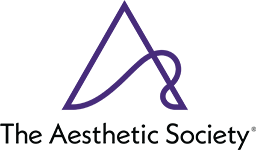
Fellow of the American Academy of Facial Plastic and Reconstructive Surgery (AAFPRS) or a similar organization such as the American Society of Plastic Surgeons (ASPS).

Official member of the International Society of Plastic and Aesthetic Surgeons
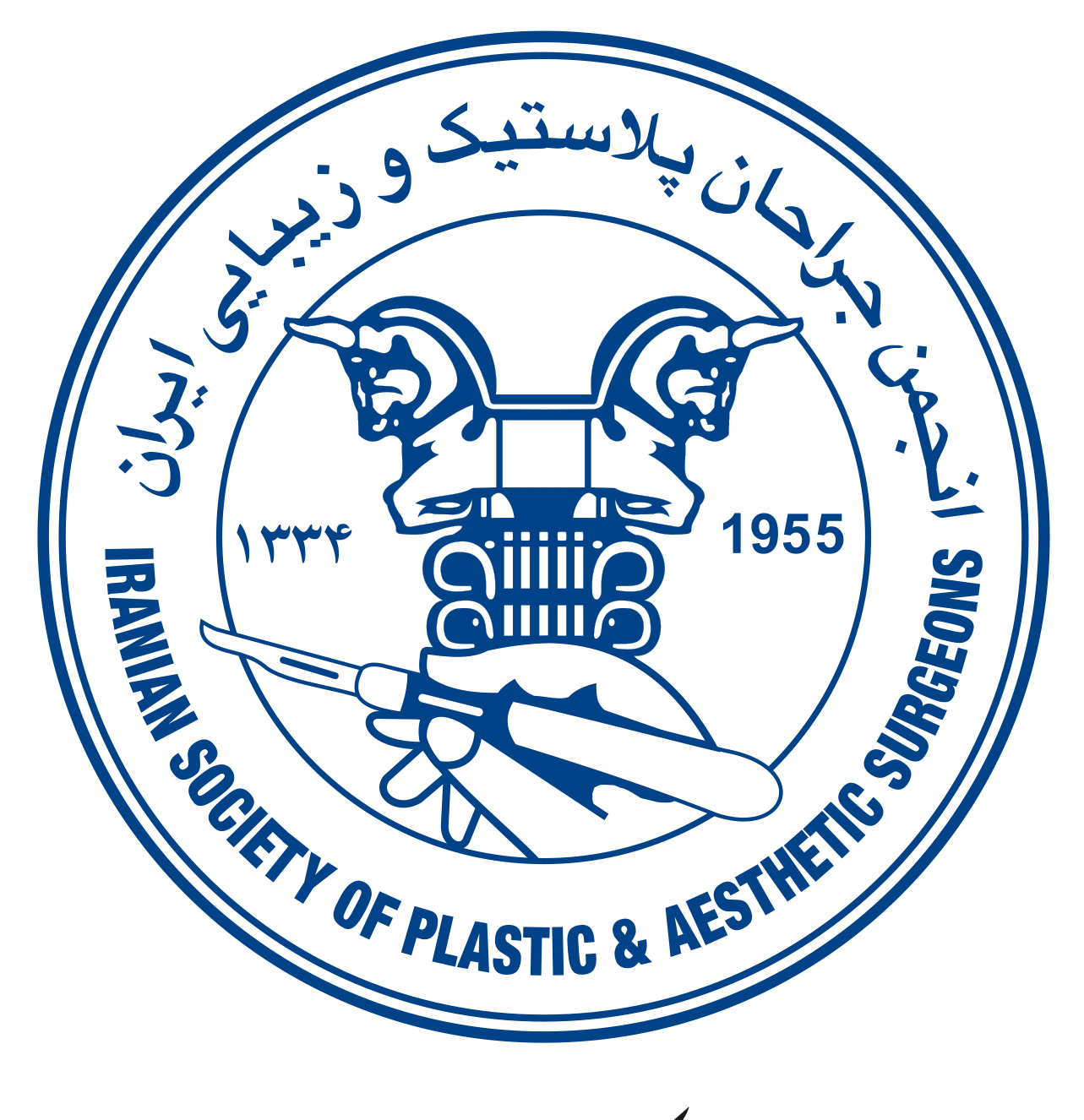
Official member of the Iranian Association of Plastic and Reconstructive Surgeons
FAQs
Who are suitable candidates for a mid-face lift?
Individuals aged 35 to 55 with moderate cheek sagging and deep laugh lines, who have relatively firm skin.
What are the different midface lift methods?
Surgical methods include endoscopy, SMAS lift, deep plane lift, and composite lifts.
Does mid-face lifting have non-surgical methods?
Yes, non-surgical methods include filler injections, fat injections, Botox, RF (radiofrequency), thread lift, and mesobotox.
What are the possible complications of midface surgery?
Lower eyelid malposition, hematoma, infection, nerve damage, and abnormal results are among the complications.
What is the recovery period for a mid-face lift surgery?
It takes about 3 to 4 weeks for complete recovery.
Can mid-face lift be combined with other surgeries?
Yes, it can be done simultaneously with a neck lift, forehead lift, or eyelid surgery.
